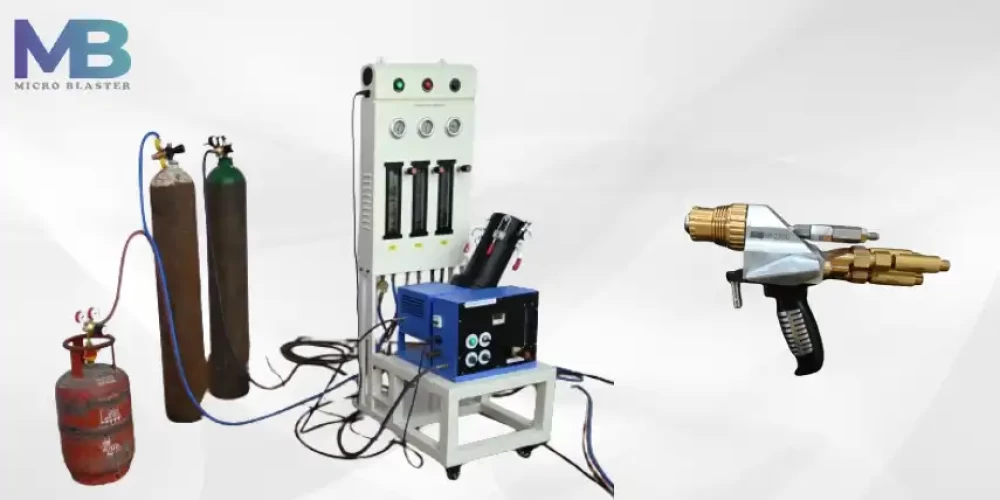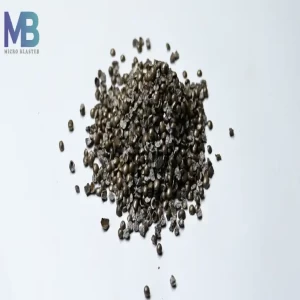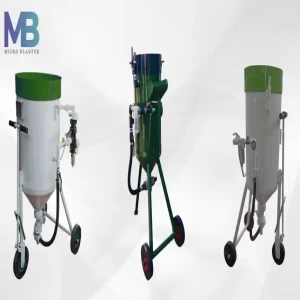Search

HVOF Coating Process
A high-energy flame is used in the High-Velocity Oxygen Fuel (HVOF) coating process to drive particles onto a substrate at high speeds. This procedure produces a thick, firmly adhering covering with improved wear resistance, corrosion resistance, and thermal insulation.

A high-energy flame is used in the High-Velocity Oxygen Fuel (HVOF) coating process to drive particles onto a substrate at high speeds. This procedure produces a thick, firmly adhering covering with improved wear resistance, corrosion resistance, and thermal insulation.
HVOF Coating Process & Procedure
Surface Preparation:
To guarantee optimal adherence to the thermal spray coatings, the substrate surface is carefully cleaned and prepared. This could entail using methods like grit blasting to clean, degrease, and occasionally roughen the surface.
Powder choice:
Coating Material: The intended qualities and application requirements are taken into consideration while choosing the coating material. Ceramics, metal alloys, and carbides are typical materials.
Using powder feed:
Powder Delivery System: The preferred coating substance is often available as a powder. A powder delivery system that properly distributes the powder and regulates the flow rate receives the powder.
Burning Process:
Combustion Chamber: Fuel gas (such as hydrogen or propane) and oxygen are burned in the combustion chamber. High-velocity flame is created when fuel gas and oxygen are combined.
A high-energy flame is produced during the mixture's ignition, which raises the temperature to a point where the powder particles may melt by the using of a thermal spray gun.
Coating Deposition and Particle Acceleration
The high-velocity flame is used to inject the powder particles, which accelerates them to extremely high speeds. The combustion conditions, nozzle layout, and powder properties all affect how quickly the particles accelerate. Supersonic speeds can be reached via particle velocities.
Bonding and Impact:
Particle Impact: The accelerated particles have a large kinetic energy impact on the substrate surface.
Bonding Mechanism: When the particles collide with the substrate, their high kinetic energy causes them to flatten out and form a strong mechanical connection.
Layer Construction:
Multiple Passes: To achieve the appropriate coating thickness, the coating process is normally carried out in several passes. Each pass entails coating the substrate with a layer of particles and letting them adhere to it.
Refrigeration and solidification:
Rapid Cooling: The coating layer quickly cools and solidifies as a result of the particles' high-speed collision.
Heat Transmission Is Minimized: By decreasing heat transmission to the substrate, the HVOF spray gun lowers the chance of thermal deformation or deterioration.
Treatment after Coating (Optional):
Finishing: To obtain the necessary surface polish and dimensional precision, post-coating procedures like machining or grinding may be used, depending on the application.

